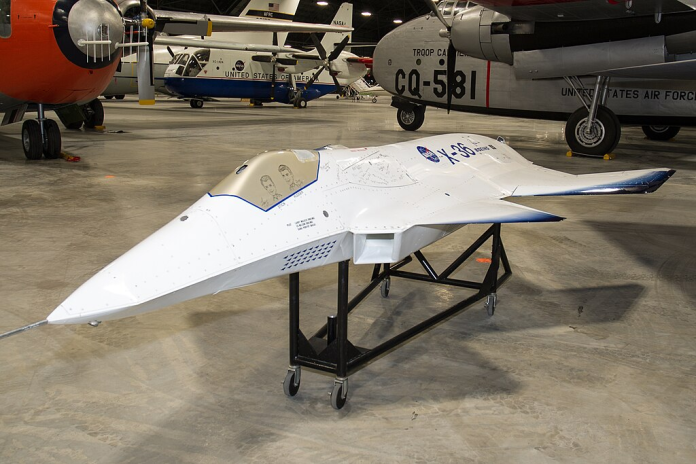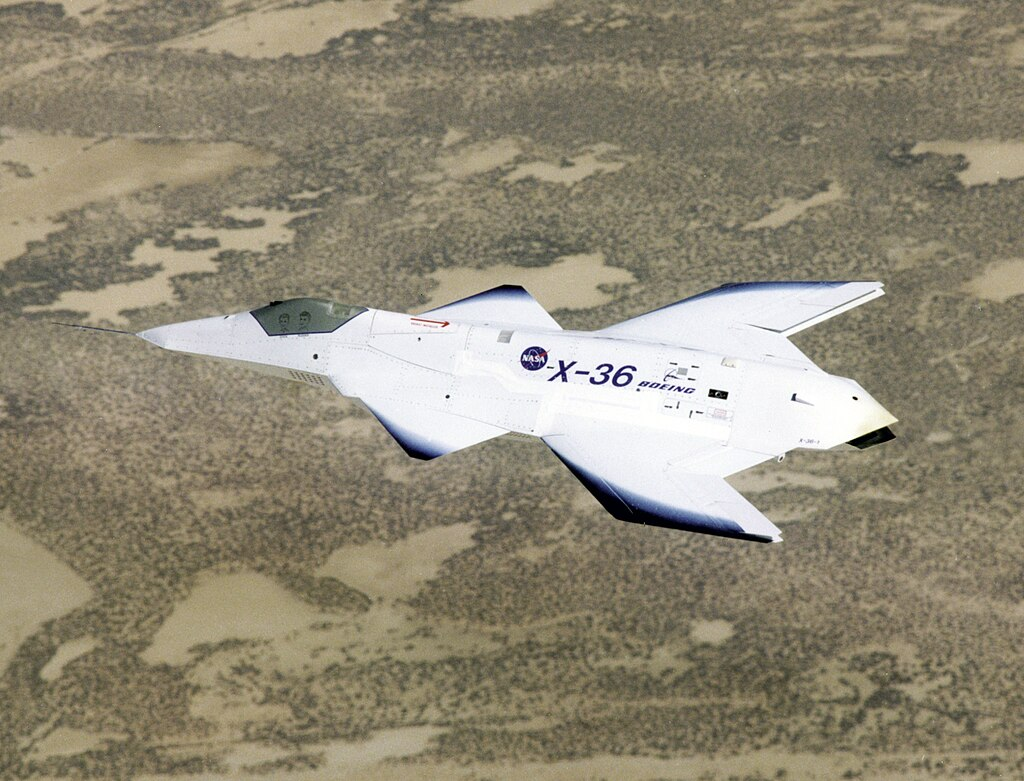
Uncover NASA and Boeing’s X-36 Tailless Fighter, the game-changing plane that transformed air agility and stealth and opened the way for the next generation of fighter aircraft.
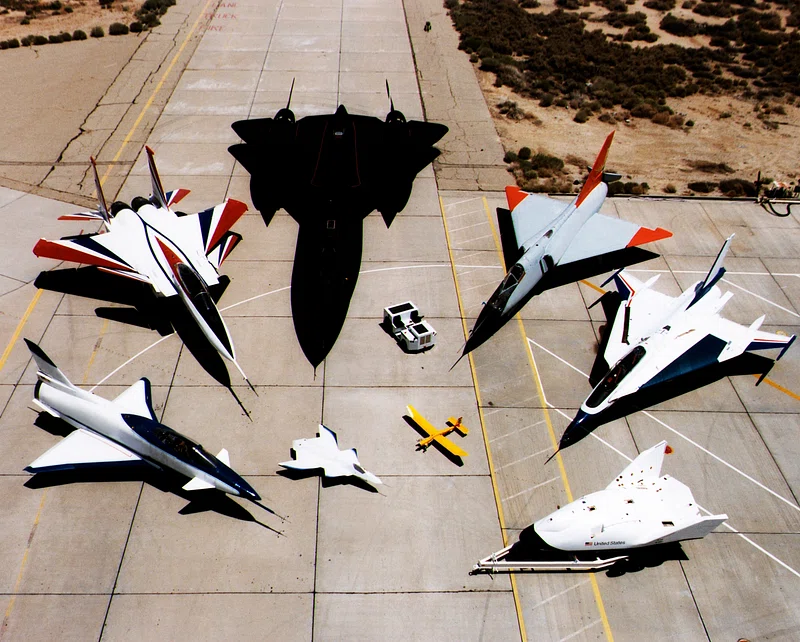
1. A Revolutionary Leap in Aerodynamic Design
NASA and Boeing’s X-36 Tailless Fighter Research Aircraft was a milestone experimental flight. Remotely controlled aircraft were devised to test new aerodynamic performance limits and stealth capabilities. Its tailless design minimized the radar signature and extended the boundary of aerodynamics.
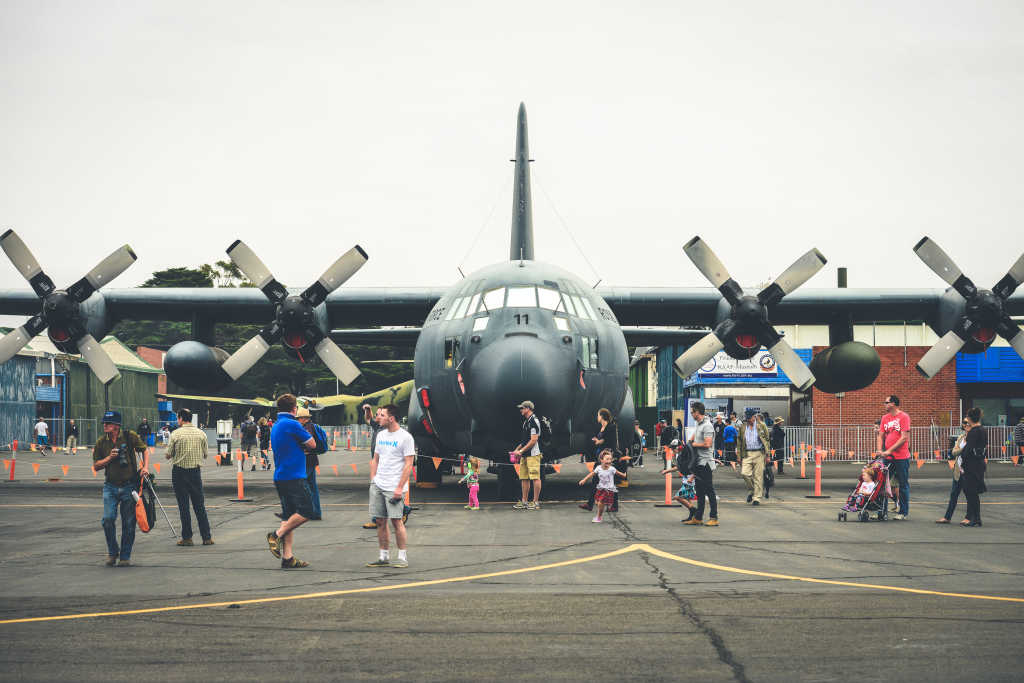
First test-flown on May 17, 1997, the X-36 took 31 flights under its research contract, with a peak altitude of 20,200 feet and a sustained 40-degree angle of attack. The tests yielded valuable information to be used in helping chart the direction of future fighter plane design.
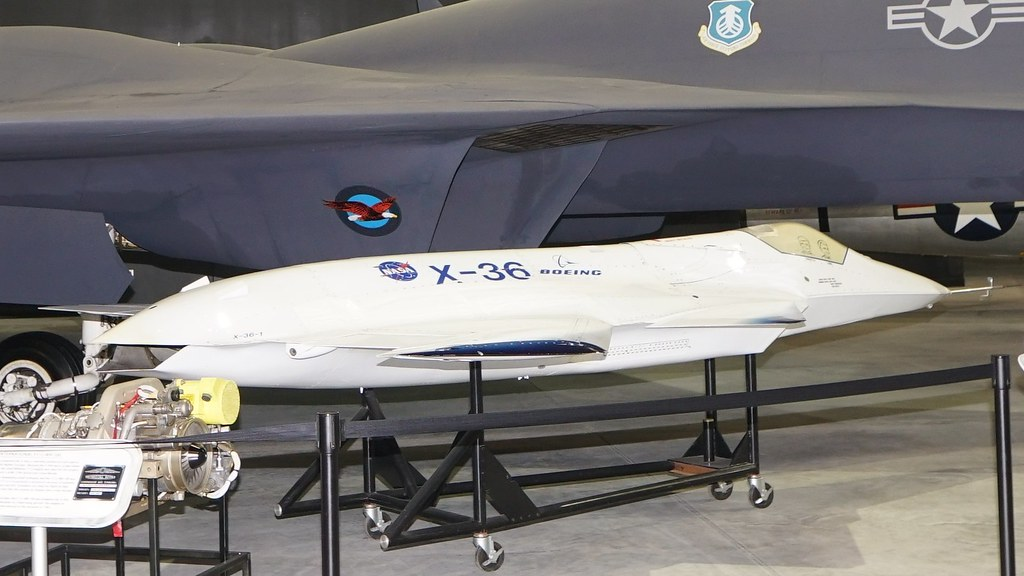
2. Pushing the Envelope in Advanced Control Systems
Maybe the X-36’s finest achievement was its exploration of adaptive control systems. The 1998 RESTORE flights experimentally proved neural-net software capable of recovery from flight damage to control surfaces. The tech had the potential to pave the way for self-healing flight systems a necessity in coming combat environments.
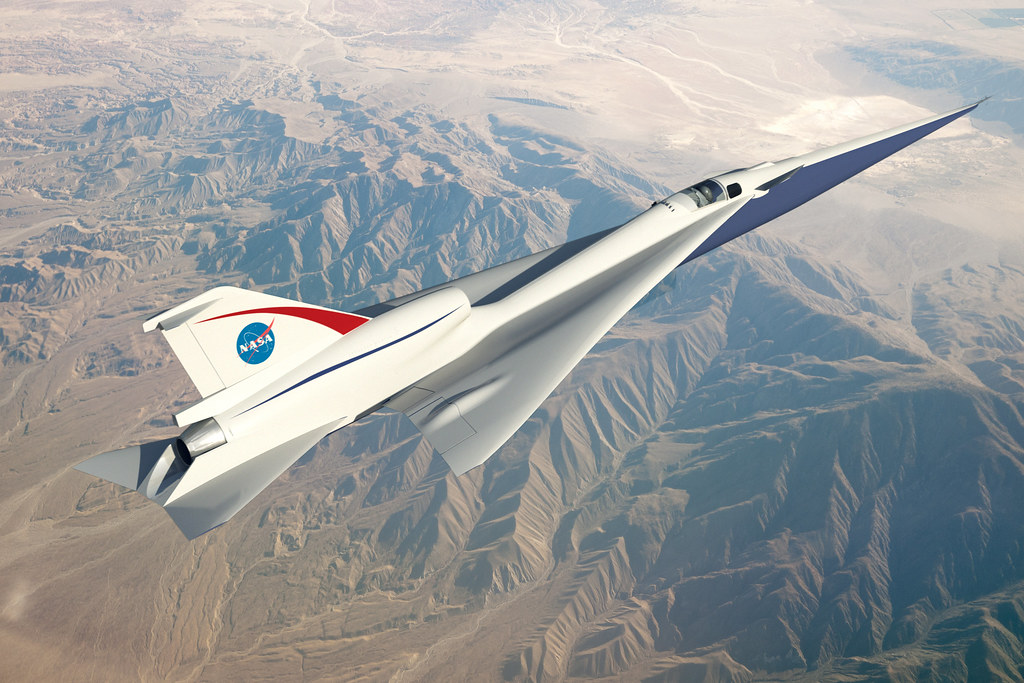
3. A Legacy Among Experimental Aircraft
The X-36 is just one of a long series of groundbreaking test aircraft in NASA’s X-plane mission series. These high-reward, high-risk missions have kept coming up with innovations for civilian and military flight ever since.
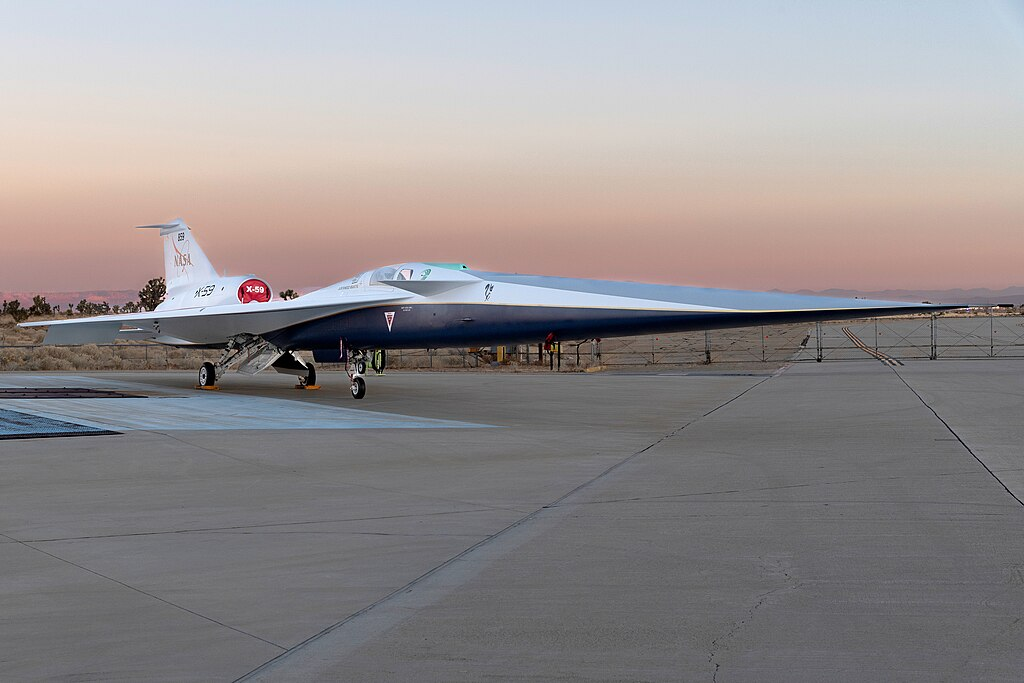
Some of its descendants are the X-43A Hypersonic Experimental Vehicle, which set speed records in 2004, and the X-59, designed to change the face of supersonic flight.
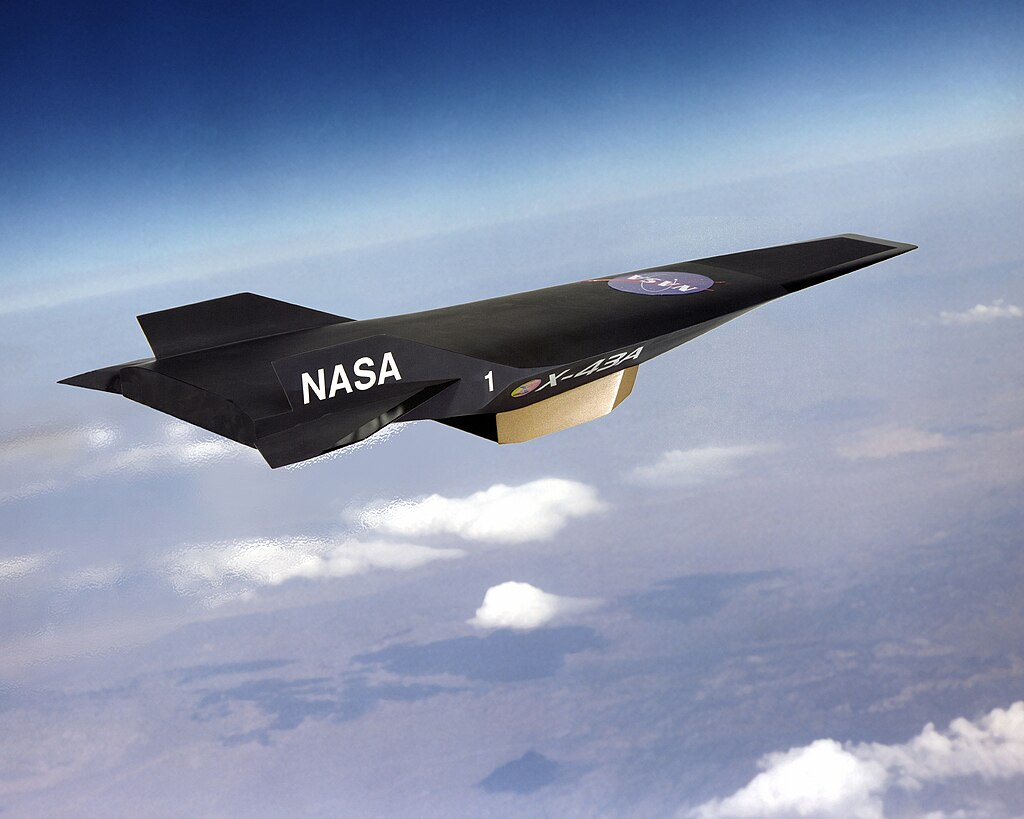
With the study of the X-36, aerospace engineers have looked further into the future for faster, stealthier, and more efficient planes able to do more than ever before.
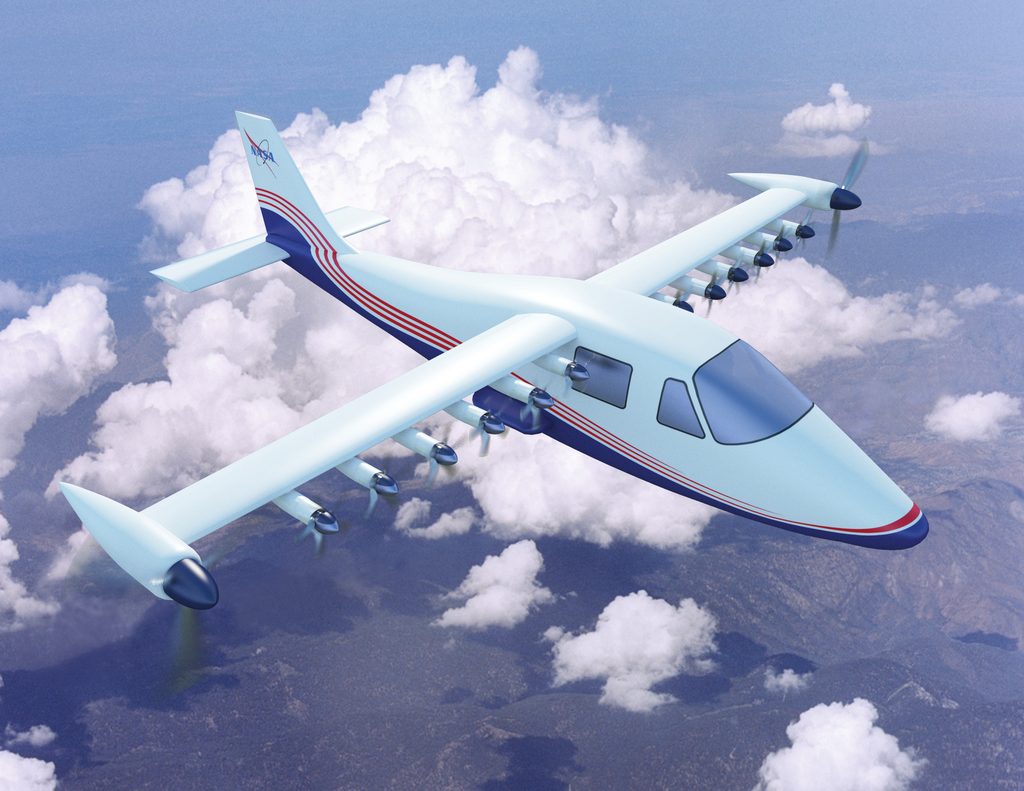
4. Effect on Current and Future Airplanes
Though the X-36 never went into production, its ideas of greater agility, lower radar cross-section, and adaptive technology are at the forefront of next-generation fighter concepts. Ideas such as the X-57 Maxwell’s electric propulsion and sixth-generation advanced stealth fighters draw their inspiration from the X-36’s pioneering work.
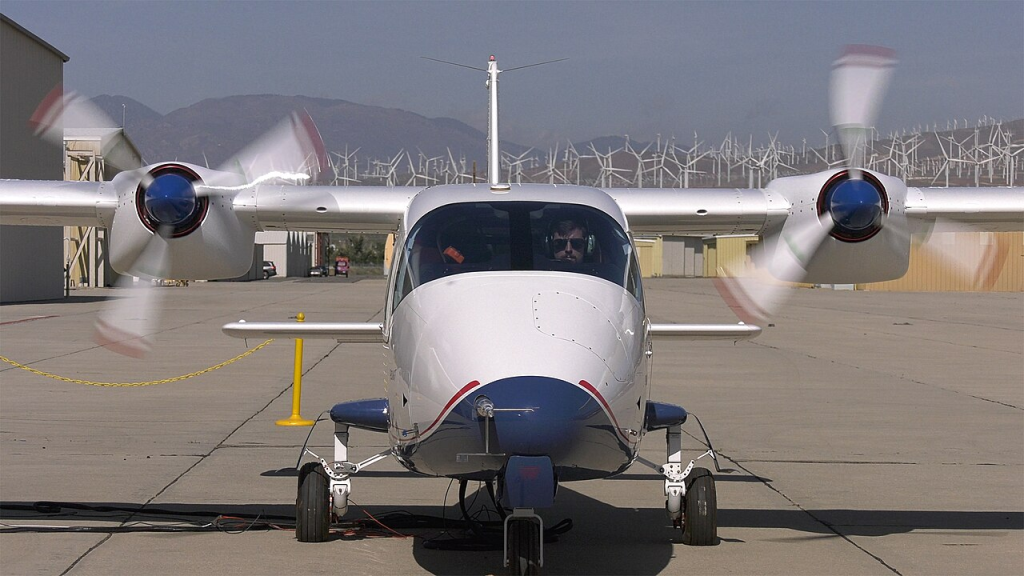
The X-36 was not just a test program; it was a preview of where combat and commercial aircraft of the future might go. Its tailless configuration, advanced control systems, and data-informed studies left a lasting legacy in aerospace progress.
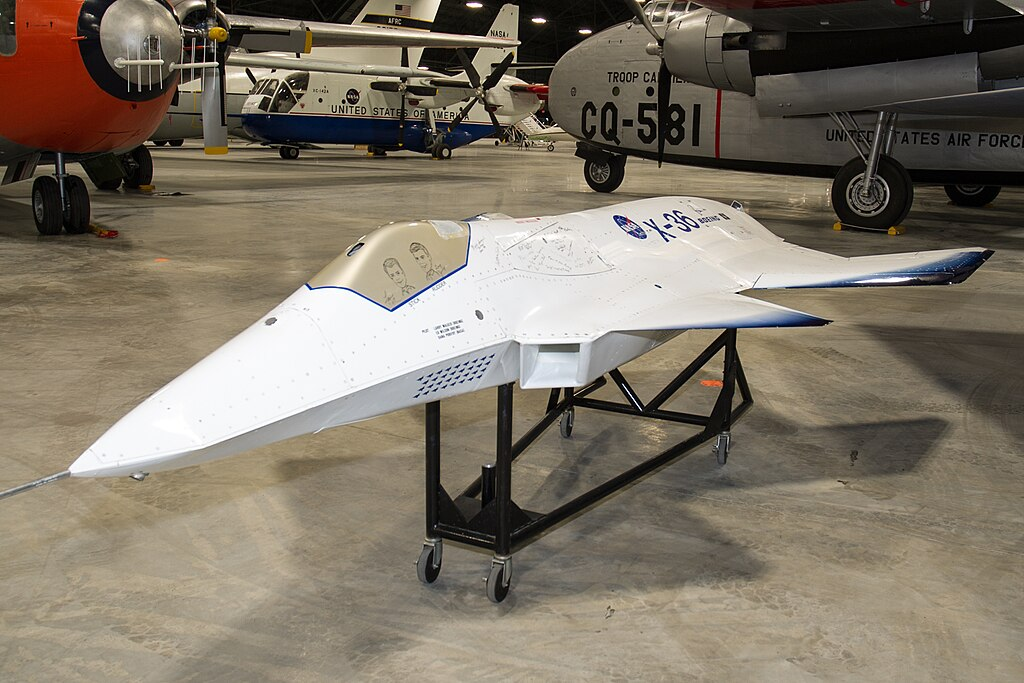
As the future of flight continues to shape itself with stealth, hypersonic, and unmanned systems technologies, the X-36’s legacy is a building block of innovation proving that even those aircraft that never saw active duty can leave their mark on the future of flight.
